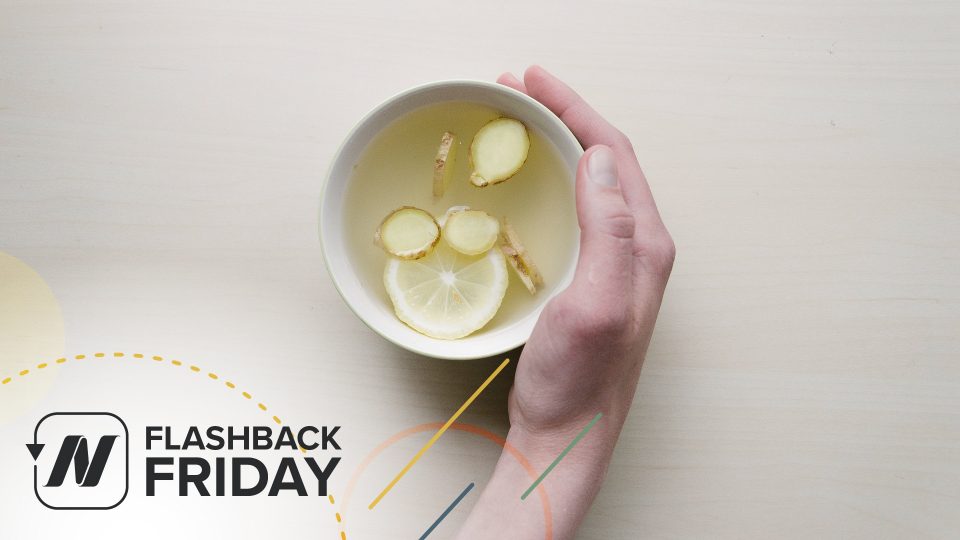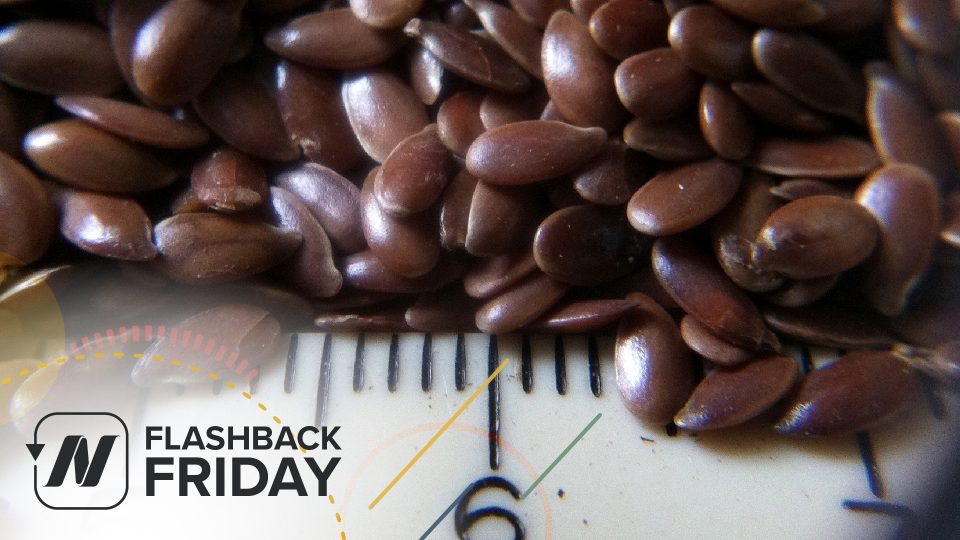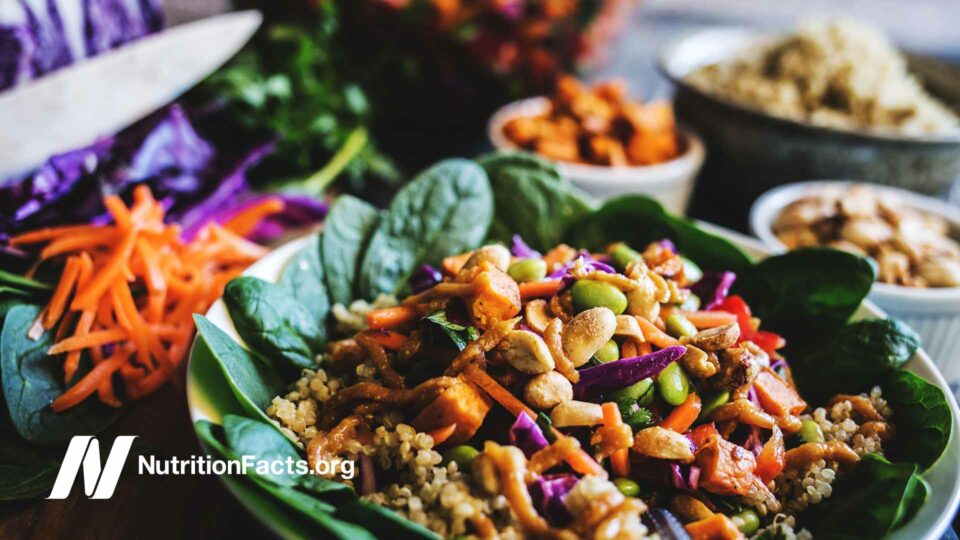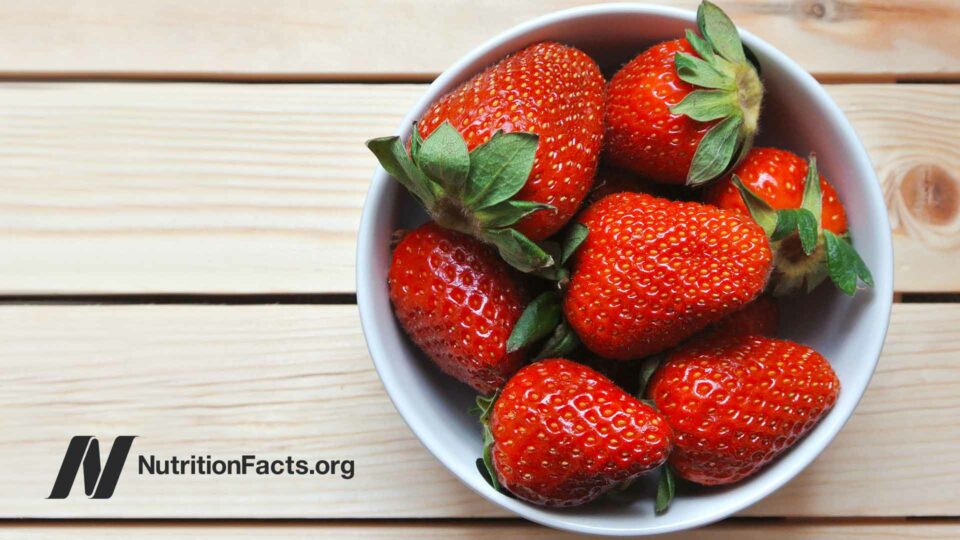 It seems like every time I come home from the medical library buzzing with some exciting new data, my family rolls their eyes, sighs, and asks, “What can’t we eat now?” Or they’ll say, “Wait a second. Why does everything seem to have parsley in it all of a sudden?” My poor family. They’ve been very tolerant.
It seems like every time I come home from the medical library buzzing with some exciting new data, my family rolls their eyes, sighs, and asks, “What can’t we eat now?” Or they’ll say, “Wait a second. Why does everything seem to have parsley in it all of a sudden?” My poor family. They’ve been very tolerant.
As the list of foods I tried to include in my daily diet grew, I made a checklist and kept it on a little dry-erase board on the fridge. We would make a game out of ticking off the boxes. This evolved into my Daily Dozen. Now, thanks to the kind volunteer efforts of two software developers, including Allan at digitalboro.com, and photographer Sangeeta at kumarimages.com, no more stinky dry erase marker smell! They came up with a “Dr. Greger’s Daily Dozen” smartphone app. Download the free Android app here and the free iPhone app here. I’m hoping it will serve as a helpful reminder to try to eat a variety of the healthiest foods every day. Perfect timing for all your New Year’s resolutions!
Please pass along any suggestions you have to make the app more useful, and if you yourself dabble in app development we’d love your help to take it to the next level. Like wouldn’t it be cool if it had a graphing function to chart your progress, or social media sharing buttons? Maybe an Apple Watch version? If you’re willing to share your ideas or talents please contact us.
Best of 2015
Thanks to the collective enthusiasm for sharing NutritionFacts.org by our subscribers, twitter followers, and nearly 400,000 Facebook fans, we topped a record 2.2 million page views last month. But it’s not about the numbers; it’s about the people whose lives we’ve touched, changed, or even saved. That is why I volunteer my time to get new videos and articles up each and every day. A heartfelt thank you to everyone who has made this public service possible.
NutritionFacts.org arises from my annual review of the medical literature. With the help of 10 researchers and a team of 72 active fellow volunteers, we reviewed more than 10,000 peer-reviewed papers on human nutrition in 2015. Right now I’m in the process of recording the next batch of new 2015 videos. How do I choose which studies to highlight? In general, I strive to focus on the most groundbreaking, interesting, and useful findings, but which topics resonate the most? Is it the practical ones, offering cooking or shopping tips? Or those that dissect the studies behind the headlines? Maybe it’s the geeky science ones exploring the wonderfully weird world of human biology? As you can see from the below list. the answer seems to be a bit of all of the above:
#10 Book Trailer for How Not to Die
 Coming in at #10 is the video tour I gave of How Not to Die. You can catch a glimpse at the full Daily Dozen list at minute 5:25.
Coming in at #10 is the video tour I gave of How Not to Die. You can catch a glimpse at the full Daily Dozen list at minute 5:25.
#9 The Saturated Fat Studies: Set Up to Fail
 Number 9 goes part of my two part series on how the dairy and meat industries tried to undermine global consensus guidelines to reduce saturated fat intake. The conclusion can be found in The Saturated Fat Studies: Buttering Up the Public.
Number 9 goes part of my two part series on how the dairy and meat industries tried to undermine global consensus guidelines to reduce saturated fat intake. The conclusion can be found in The Saturated Fat Studies: Buttering Up the Public.
#8 How Many Bowel Movements Should You Have Every Day?
 No surprise a poop video made the top ten! Most people have between 3 bowel movements a day and 3 a week, but normal doesn’t necessarily mean optimal.
No surprise a poop video made the top ten! Most people have between 3 bowel movements a day and 3 a week, but normal doesn’t necessarily mean optimal.
#7 Ginger for Migraines
 An eighth teaspoon of powdered ginger was found to work as well as the migraine headache drug sumatriptan (Imitrex) without the side-effects. Just wait to see what it can do for menstrual cramps—stay tuned!
An eighth teaspoon of powdered ginger was found to work as well as the migraine headache drug sumatriptan (Imitrex) without the side-effects. Just wait to see what it can do for menstrual cramps—stay tuned!
#6 Flax Seeds for Hypertension
 Extraordinary results reported in a rare example of a double-blinded, placebo-controlled, randomized trial of a dietary intervention (flaxseeds) to combat one of our leading killers, high blood pressure. Hibiscus tea may also beat out drugs. See Hibiscus Tea vs. Plant-Based Diets for Hypertension.
Extraordinary results reported in a rare example of a double-blinded, placebo-controlled, randomized trial of a dietary intervention (flaxseeds) to combat one of our leading killers, high blood pressure. Hibiscus tea may also beat out drugs. See Hibiscus Tea vs. Plant-Based Diets for Hypertension.
#5 What Causes Diabetes?
 Saturated fat can be toxic to the insulin-producing beta cells in the pancreas, explaining why animal fat consumption can impair insulin secretion, not just insulin sensitivity. So what should we eat? See another 2015 hit, Plant-Based Diets and Diabetes.
Saturated fat can be toxic to the insulin-producing beta cells in the pancreas, explaining why animal fat consumption can impair insulin secretion, not just insulin sensitivity. So what should we eat? See another 2015 hit, Plant-Based Diets and Diabetes.
#4 The Okinawa Diet: Living to 100
 In the #4 video of the year I explored what would happen if you centered your diet around vegetables, the most nutrient-dense food group.
In the #4 video of the year I explored what would happen if you centered your diet around vegetables, the most nutrient-dense food group.
#3 If Fructose is Bad, What About Fruit?
 Does the fructose naturally found in fruit and fruit juice have the same adverse effects as excess “industrial fructose” (table sugar and high fructose corn syrup) and if not, why not? After you watch this one you may be interested in the follow-up: How Much Fruit is Too Much?
Does the fructose naturally found in fruit and fruit juice have the same adverse effects as excess “industrial fructose” (table sugar and high fructose corn syrup) and if not, why not? After you watch this one you may be interested in the follow-up: How Much Fruit is Too Much?
#2 The Problem with the Paleo Diet Argument
 The Paleolithic period represents just the last 2 million years of human evolution. What did our bodies evolve to eat during the first 90% of our time on Earth? The other paleo video I did late in 2014 was also very popular: Paleo Diets May Negate Benefits of Exercise.
The Paleolithic period represents just the last 2 million years of human evolution. What did our bodies evolve to eat during the first 90% of our time on Earth? The other paleo video I did late in 2014 was also very popular: Paleo Diets May Negate Benefits of Exercise.
#1 Food as Medicine: Preventing and Treating the Most Dreaded Diseases with Diet
 Hands down the most popular video was my live 2015 year-in-review. In my 2012 review, Uprooting the Leading Causes of Death, I went through the list of the 15 leading causes of death, exploring the role diet may play in preventing, arresting, and even reversing our top 15 killers. In my 2013 review, More Than an Apple a Day: Combating Common Diseases I ran through the list on how a healthy diet can affect some of the most common medical conditions. Then came From Table to Able: Combating Disabling Diseases with Food, in which I explore the role of diet in correcting some of our leading causes of disability. This year I covered the most dreaded diseases. What’s my annual review talk going to be about this year? Good question–we’ll both find out when I write it this summer!
Hands down the most popular video was my live 2015 year-in-review. In my 2012 review, Uprooting the Leading Causes of Death, I went through the list of the 15 leading causes of death, exploring the role diet may play in preventing, arresting, and even reversing our top 15 killers. In my 2013 review, More Than an Apple a Day: Combating Common Diseases I ran through the list on how a healthy diet can affect some of the most common medical conditions. Then came From Table to Able: Combating Disabling Diseases with Food, in which I explore the role of diet in correcting some of our leading causes of disability. This year I covered the most dreaded diseases. What’s my annual review talk going to be about this year? Good question–we’ll both find out when I write it this summer!
Looking forward to sharing another healthy happy new year,
In health,
Michael Greger, M.D.
PS: If you haven’t yet, you can subscribe to my free videos here and watch my live year-in-review presentations Uprooting the Leading Causes of Death, More Than an Apple a Day, From Table to Able, and Food as Medicine.
